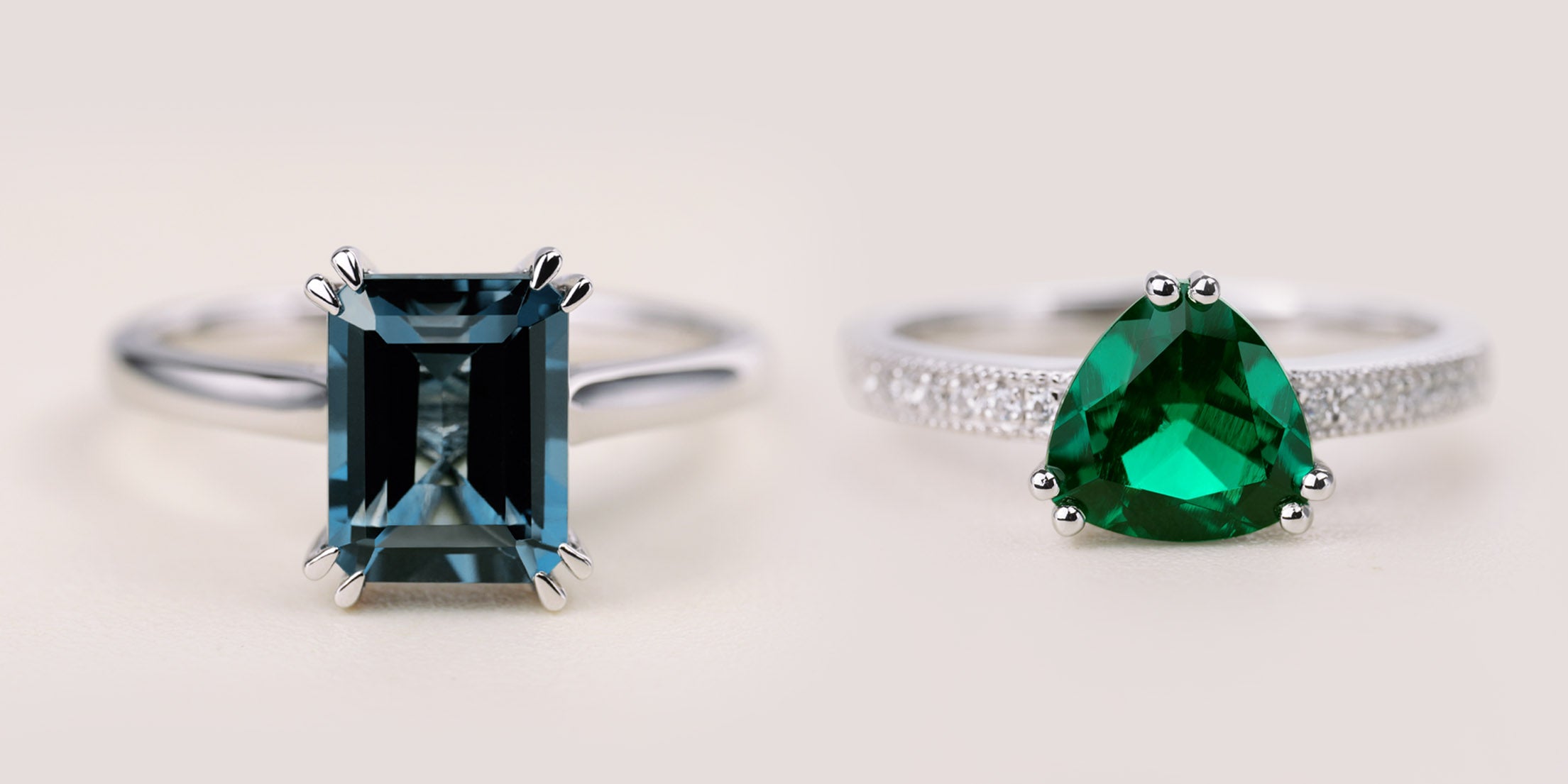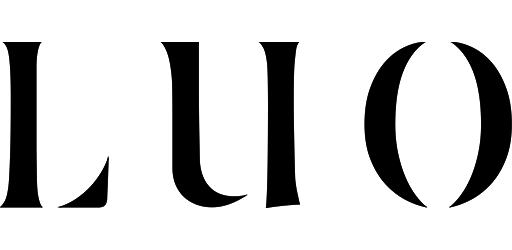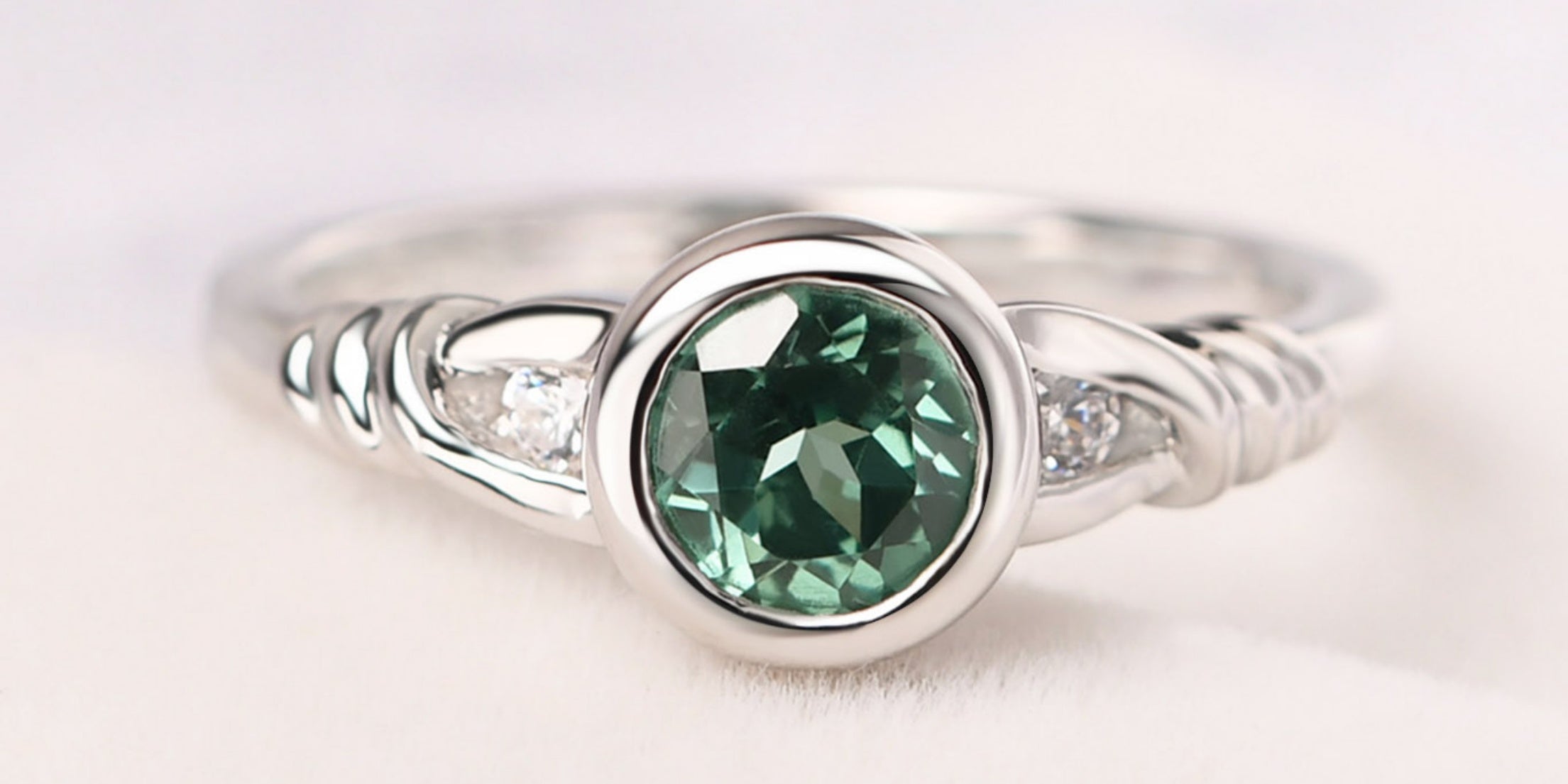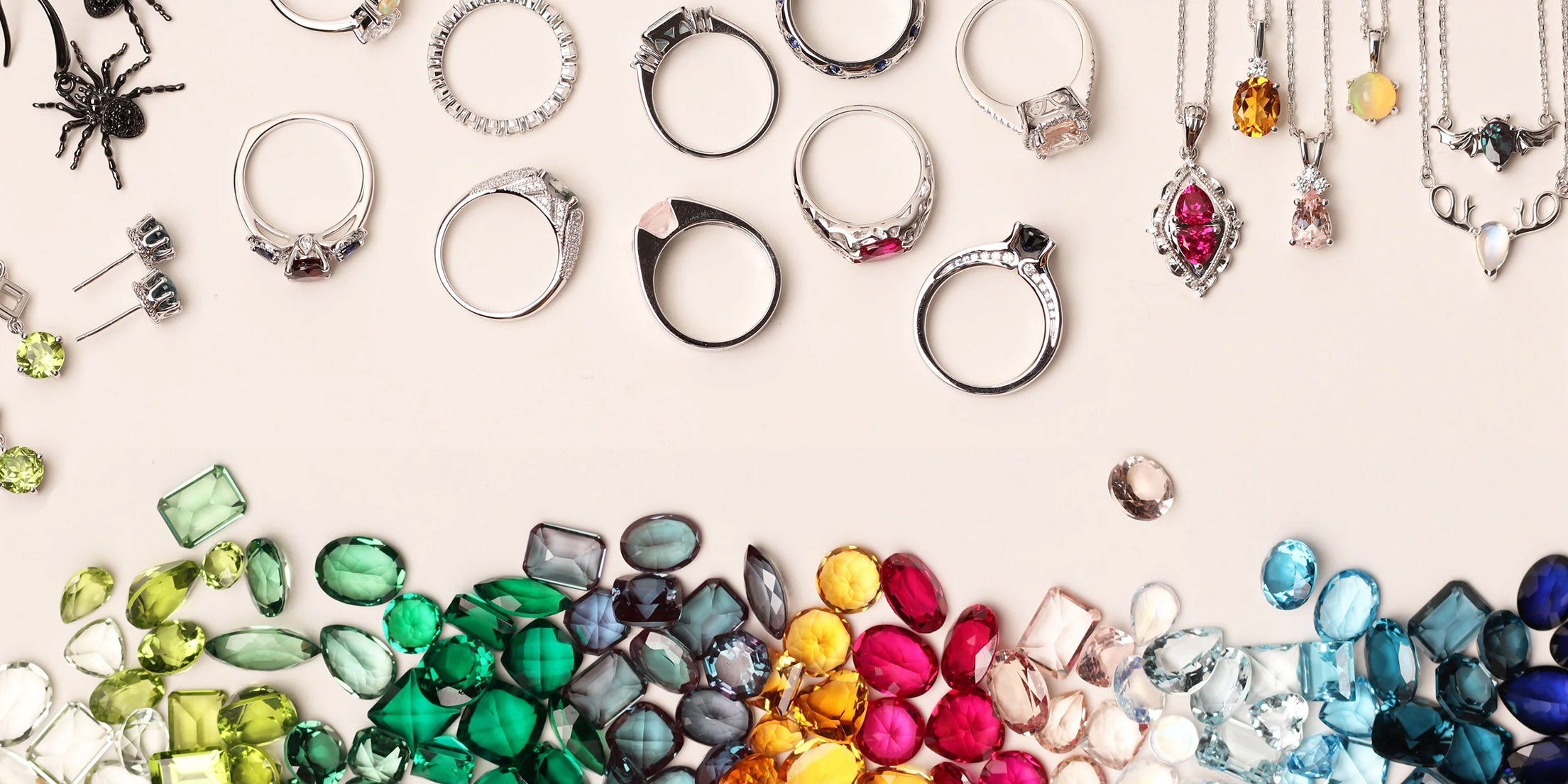
Prong Setting in Jewelry
Prong settings have become widely adopted for symbolic pieces, such as engagement rings, due to their ability to emphasize a stone’s sparkle by minimizing visible metal structures, thereby allowing the gem to interact more freely with ambient lighting.
This blog will talk about various types of prong settings, highlighting the pros and cons of prong settings in gemstone rings, earrings, and pendants. We will also guide you in choosing the right prong setting and fixing loose gemstones in prong settings at home.
What is a prong setting?
Prong setting, also known as prong mount, is a popular method of setting jewelry in which the stone is held in place by several metal projections. These claws, usually claw-shaped, work by wrapping around the edges of gemstones to provide a firm hold on the stones while allowing maximum light exposure to enhance the sparkle and brightness of the stone!
Wikipedia also talks about the history of prong settings. The development of prong settings dates back to the 19th century, and in 1886, a well-known jewelry brand introduced a six-prong design, which later became known as the "Tiffany setting," which raised the diamond above the band and enhanced the diamond's reflective properties. In modern times, prong settings continue to be popular not only for the sparkle they bring to gemstones but also for their stability and visually subtle outline.
Types of Prong Settings
Prong settings come in various styles, each offering a unique aesthetic and level of security. Here’s a breakdown of the main types:
|
Type |
Appearance |
Best For |
|
Round Prongs |
Smooth, Rounded tips |
Classic, minimalist designs |
|
Claw Prongs |
Pointed, Claw-like |
Bold, Dramatic pieces |
|
Heart-shape Prongs |
Heart-shaped, Fine tips |
Delicate looks, Express love |
|
Tab Prongs |
Flat, Rectangular |
Step-cut stones, Modern |
|
Triangle Prong
|
Flatter, Triangle |
Everyday |
Round Prongs

Round prongs, also known as bead prongs, have a ball-like tip with a smooth surface and rounded prongs that hold the gems firmly by reducing the gap between them and the gems. This style is playful and cute. The rounded prongs are safe as they will not scratch the gemstones and are less likely to snag on clothing.
Claw Prongs

Claw prongs have a sharp, claw-like appearance. They provide a secure grip and are often seen in modern, elegant gemstone ring designs.
Tab Prongs

Tab prongs are flat and rectangular, offering a lower profile that minimizes snagging. This style pairs well with step-cut stones like emeralds, giving a sleek, modern vibe.
Heart-shaped prongs

Heart-shaped claws have, as the name suggests, heart-shaped claws. This claw is a unique design. It is very suitable for engagement rings and wedding rings. In addition to being beautiful, the heart shape can also express love.
Petite Claw prongs

Petite claw prongs refer to a smaller, more delicate version of the traditional claw setting, often used in jewelry such as rings, earrings, and pendants. Despite its smaller size, the small claw setting still serves the same function as the standard claw setting, keeping the gemstone in place while allowing more light to enter the stone and enhancing its brilliance. Favored for its refined elegance, this claw setting is a favorite.
Double claw prongs

The double-claw prongs are made up of two identical claws to form a large claw. A double-prong claw setting can hold the gemstone more firmly and has a more design-oriented design. This type of claw is very suitable for an emerald-cut gemstone ring.
Number of Prongs
The number of prongs used in a setting varies, usually from 3 to 6, but more prongs can be used if the design is complex. The choice depends on the size and shape of the stone and the design of the jewelry.

- 3 Prongs: often used for pear-cut stone jewelry or trillion-cut stone rings.
- 4 Prongs: Common for round, square, and oval stones, offering a balance of visibility and security.
- 6 Prongs: It is very secure and is a famous setting for Tiffany round diamonds.
- Multiple Pongs: Depending on design requirements, more prongs provide more security but also reduce the visibility of the gemstone.
How to choose a suitable ring?
- The size of the stone: A six-claw setting is more suitable for large stones to increase security, while smaller stones (less than 1 carat) are more likely to use a four-claw setting, and then to ensure the security of the case, it can also be more sparkling and eye-catching.
- Shape: Round stones are usually set with four or six prongs, while pointed stones (horse-eye or pear-shaped) are set with V-shaped prongs.

- Lifestyle: Active people wear jewelry with more claws to better prevent the stone from loosening.
For most engagement rings, four or six claws provide the perfect balance, but each has its own characteristics and needs to be designed with aesthetics in mind.
Prong Setting Benefits and Disadvantages
Benefits:
- Brilliance: Minimal metal coverage allows more light to enter the gemstone, boosting its sparkle.
- Compatibility: Prong settings are suitable for various gemstone shapes and sizes.

- Simple to clean: The metal and gemstone in the claw setting are easier to clean than the bezel setting.
Disadvantages
- Snagging Risk: Prongs can catch on clothing or hair, especially if it is high-set.
- Wear Over Time: Prongs may loosen or wear down, requiring regular checks.
- Less Protection: Exposed edges of the gemstone are more prone to chipping compared to bezel settings.
|
Aspect |
Advantage |
Disadvantage |
|
Light Exposure |
Maximizes brilliance |
N/A |
|
Durability |
N/A |
Prongs can loosen |
|
Practicality |
Easy to clean |
Risk of snagging |
|
Gemstone Safety |
N/A |
Edges more exposed |
How to Prong Set Stones
Setting gemstones with claws requires a high level of skill, and Lo Jewelry is all about handcrafting high-quality rings and jewelry. The following is a simplified step-by-step procedure for setting a gemstone in a claw setting:
Preparation: Gemstone, metal setting with claws, claw pusher, or polisher.
- Position the stone: Place the stone in the setting, making sure it is centered horizontally.
- Secure the prong setting: using the prong pusher, gently press each prong tip over the edge of the stone.
- Refine the setting: Smooth the tips of the prongs with a polisher to ensure that no sharp edges remain.
- Check: Check that the stone is secure and not wobbly.
If you are interested, you can see the video of Luo Jewelry making a claw setting ring.
Click the picture to watch the video:

Follow the YouTube channel of LUOJEWELRY to watch more ring-making videos.
The Perfect Prong Setting Will Look Like This
Prong settings should be both functional and beautiful:
- Fit: The prongs hold the gemstone firmly and will not move when shaken.
- Symmetry: The size and position of each prong are the same.
- Minimal coverage: Only the tip of the prong touches the gemstone so the gemstone can better reflect light.
- Smooth surface: The prong tip needs to be polished so that the surface is smooth to avoid scratching the wearer and the gemstone.
How to fix loose prong-set jewelry at home
Because the gemstone is fixed only by a small claw and silver is a relatively soft metal, the daily activities of wearing rings and other gemstone claw-set jewelry are very easy to lose, but this is a normal situation. Basically, all silver claw-set rings have stones that loosen as they are worn over time. But it's okay; we can repair it ourselves at home!
- Find the claws that hold the gemstone.
- Let the front of the claws press against the side of the table, bringing the claws close to the gemstone, and be careful not to use too much force to avoid scratching the gemstone.
- Follow the above method for all claws in turn.
- Check if the gems are loose.
Summary
The prong setting is practical while remaining the most elegant of settings. Round or tab, from three to six, variations serve different stones and styles best. Its ability to make a gemstone sparkle has made it the most popular prong, though mindful maintenance is necessary to avoid snagging and loosening troubles. Whether setting a stone yourself or choosing a ring, knowing prong settings gives you power! Next time you see a pretty sparkler, take a peek at those little claws—they’re the silent soldiers keeping it all in order!


